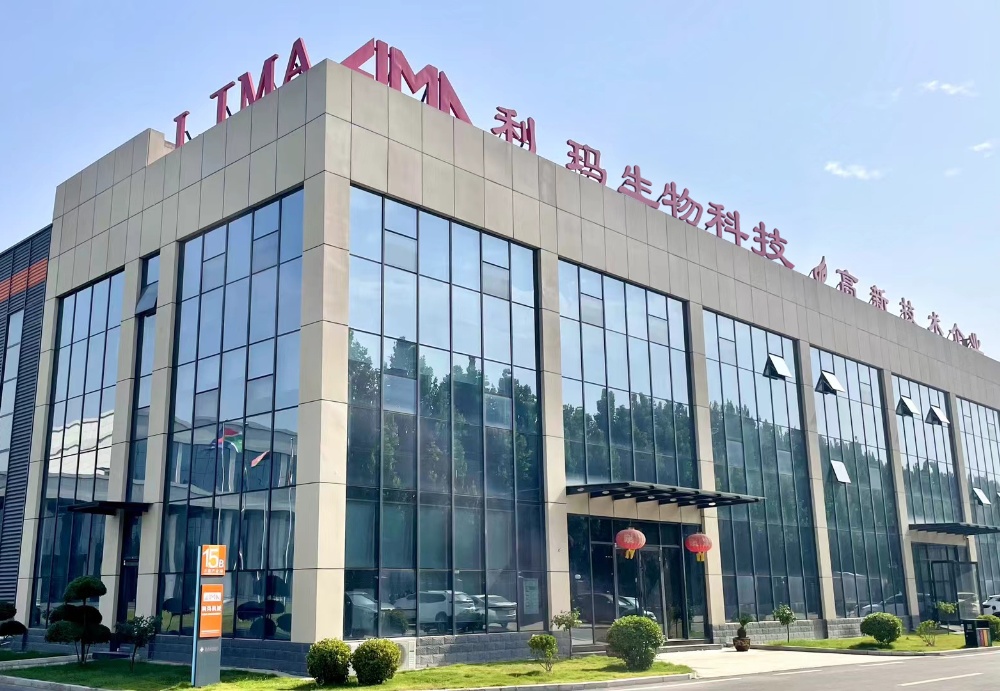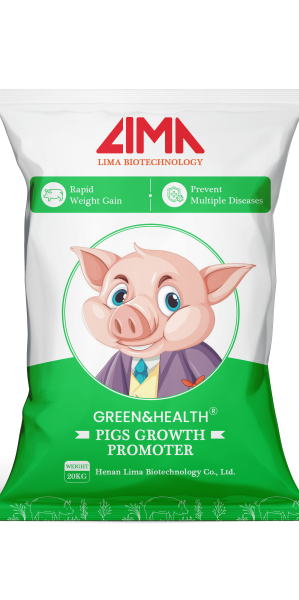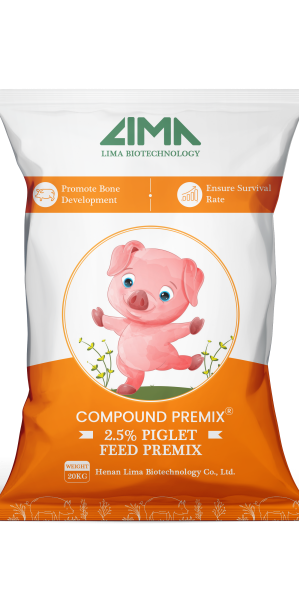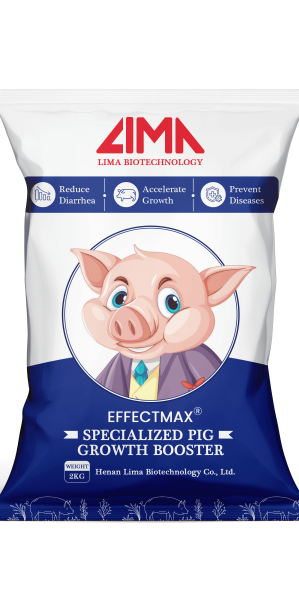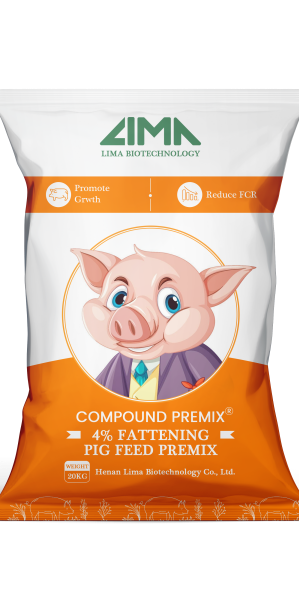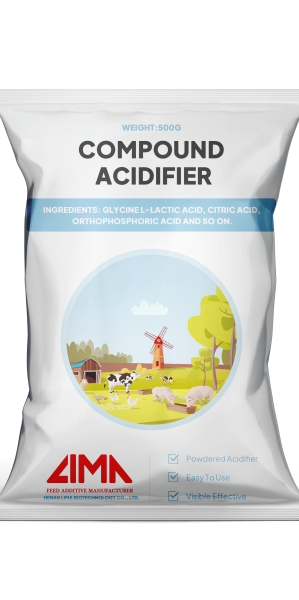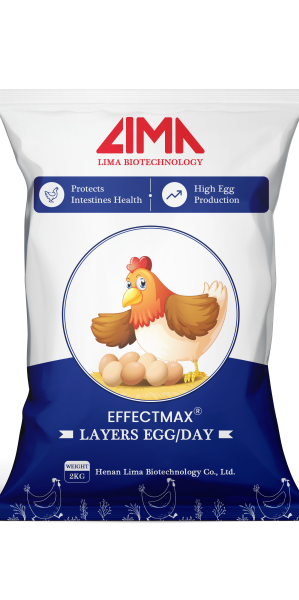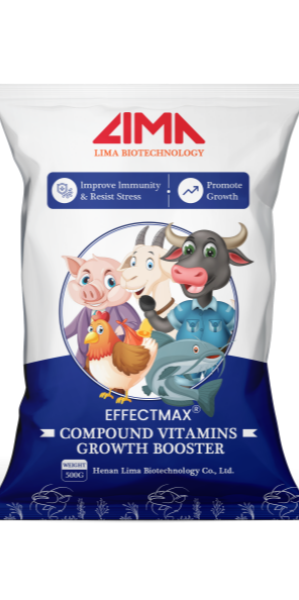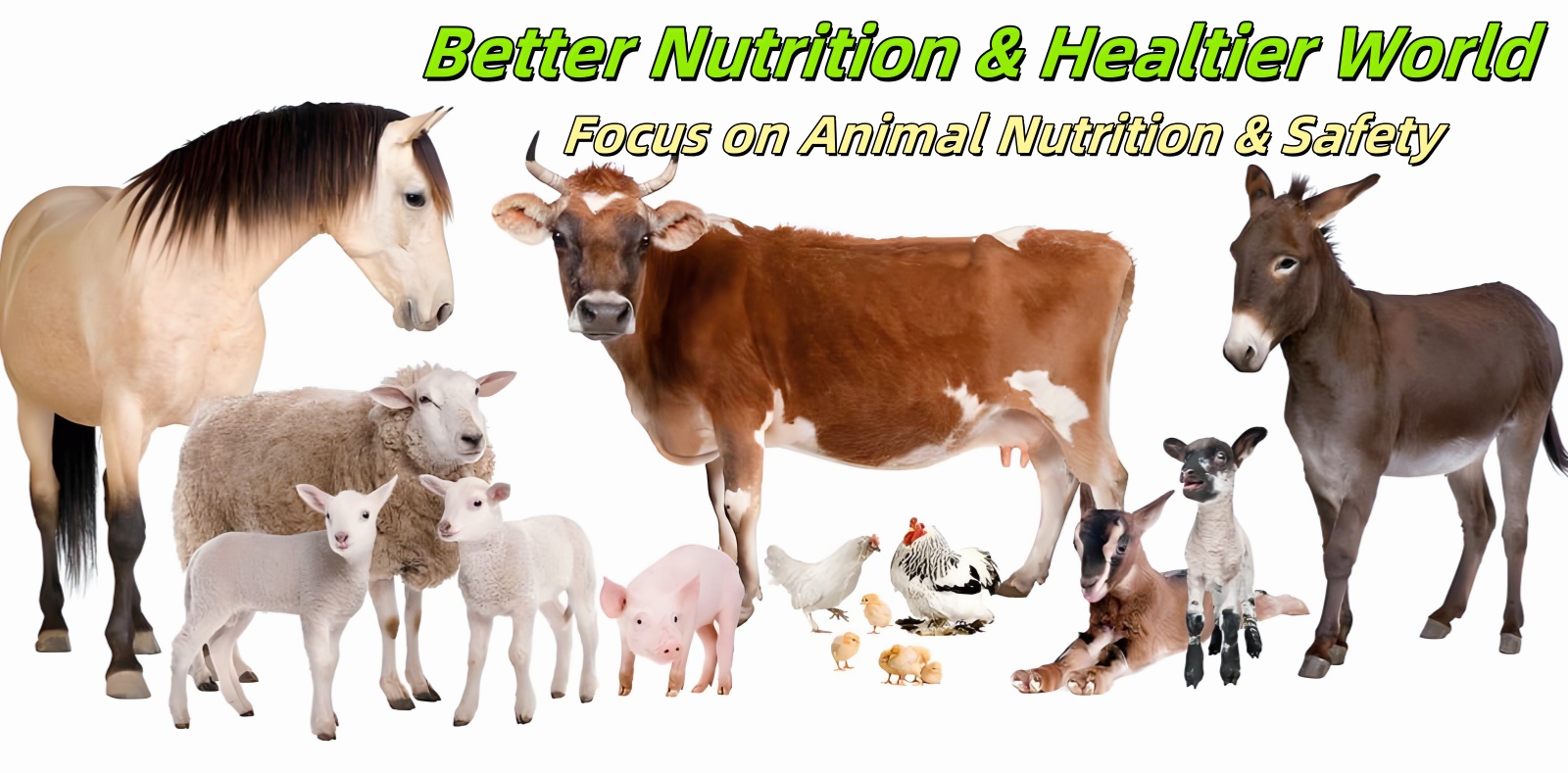Under the wave of booming development of modern animal husbandry and the increasingly competitive environment of modern pig farming, how to improve the growth rate of pigs, reduce the cost of breeding and improve economic efficiency has become the core issue of concern for every pig farmer. In view of the problems existing in the pig industry, we will explore the key secrets to effectively promote the growth of pigs, and help farmers to realize scientific farming and increase income efficiently.
Secret one: scientific feed ratio and nutrition optimization
Feed cost accounts for 60%-70% of the total cost of pig rearing, scientific and reasonable feed ratio can not only meet the growth demand of pigs, but also greatly improve the breeding efficiency. During the growth of pigs, the demand for protein, energy, vitamins and minerals has a strict standard, and the lack of any one nutrient may lead to growth slowdown.
Balanced nutrition is the cornerstone of growth
Protein is the core nutrient for pig growth and development, and its content and quality directly affect muscle growth. Soybean meal and fish meal are important sources of high-quality protein. In piglet feed, the protein content should be kept at 18%-20%, and in fattening pig feed, the protein content can be reduced to 14%-16%. Corn and wheat bran, as energy substances, provide pigs with the energy they need to maintain their life activities and growth, and their proportion in the feed is usually 50-70%. Vitamin A strengthens the immune system, vitamin D helps calcium absorption, and vitamin E is an antioxidant. Deficiencies in these vitamins can lead to slow growth and reduced disease resistance. Calcium and phosphorus in minerals are crucial for bone development, the ratio of the two should be maintained at 1.2-1.5:1, if the ratio is imbalanced, pigs are prone to rickets and other diseases, which seriously affects growth. Some studies show that the daily weight gain of pigs with unbalanced nutrition may be reduced by more than 15%.

Pig growth Booster-Lima Biotech
Although feed additives account for a small percentage of feed, they have an important role in pig growth. Probiotics can regulate the balance of intestinal flora in pigs, promote the growth of beneficial bacteria and inhibit the reproduction of harmful bacteria, which can improve the digestive function and reduce the occurrence of diarrhea and other intestinal diseases. Enzymes can decompose the anti-nutritional factors in the feed and improve the utilization rate of feed. Amino acid is the basic unit of protein, and the reasonable addition of lysine and other essential amino acids in the feed can make up for the lack of protein in the feed, improve the efficiency of protein utilization, and then promote the growth of pigs.
Scientific and reasonable feed formula is the basis for rapid growth of pigs. High-quality feed should not only meet the energy, protein, vitamins and minerals and other nutrients needed for the growth of pigs, but also need to have good palatability and digestibility.Lima Biotech's Green&Health® Pig Growth Promoter is an example of a core formula that contains “nutritional codes” to promote the growth of pigs.
Green&Health® Pig weight gain supplement is enriched with a wide range of probiotics, such as strains of Lactobacillus and Bifidobacterium. These probiotics can regulate the balance of intestinal flora in the pig, inhibit the growth of harmful bacteria and promote the reproduction of beneficial bacteria. When the beneficial bacteria dominate the intestinal tract, they produce vitamins, enzymes and other substances that are beneficial to the growth of pigs, thus significantly enhancing the digestion and nutrient absorption of feed.
In the actual breeding process, the mechanism of probiotics is very complex and subtle. Take lactic acid bacteria as an example, the lactic acid produced by its metabolism in the intestinal tract can lower the pH value of the intestinal tract and create an acidic environment. This acidic environment not only inhibits the growth of harmful bacteria such as E. coli and Salmonella, but also activates pepsinogen, which improves protein digestion. At the same time, lactic acid bacteria can synthesize nutrients such as vitamin B and vitamin K, which can be directly absorbed and utilized by pigs.
The amino acids and proteins added to Pig growth promoter are key substances for muscle development and immune system enhancement. Essential amino acids, such as lysine and methionine, cannot be synthesized by the pig itself and must be obtained from the feed. They are the basic unit of protein and participate in various physiological activities in the body, especially play a decisive role in the synthesis of muscle protein. Research shows that reasonable supplementation of lysine in feed can increase the daily weight gain of hogs by 10%-15% and feed conversion rate by 8%-12%.
Rich vitamins and minerals provide the necessary support for bone growth and metabolism of hogs. Vitamin D can promote the absorption of calcium and phosphorus and calcification of bones, and the lack of vitamin D will lead to rickets, affecting the growth and development of pigs; zinc is involved in the composition and activation of a variety of enzymes in the body of pigs, and plays an important role in the health of the skin and hair, reproductive function and immune regulation.
At the same time, Green&Health® Pig growth promoter creates a healthy digestive environment for pigs by restoring the micro-ecological balance of the digestive tract. In such an environment, pigs are able to absorb the nutrients in the feed more fully and minimize the waste of nutrients, thus laying a solid foundation for rapid growth. Many farmers have reported that after using Lima Pig growth promoter, the undigested particles in the pig's feces are significantly reduced, which is a visual reflection of the improved nutrient absorption efficiency.
Staged feeding strategy
Pigs have different nutritional requirements at different growth stages, so it is necessary to adopt a phased feeding strategy. Piglet stage is the key period of growth and development, high nutritional demand and sensitive, the feed should have high energy, high protein, easy to digest, while adding the right amount of antibiotics and trace elements to prevent disease and promote growth. In the stage of finishing pigs, the digestive system of pigs is gradually perfected, and the protein content of feed can be appropriately reduced, and the proportion of energy feed can be increased to meet the needs of its rapid growth. The focus of the fattening stage is to improve the feed conversion rate and increase fat deposition, at this time, you should choose feeds with high energy content and control the feeding amount to avoid overfeeding leading to feed waste. In addition, according to the pig's feeding habits, reasonable choice of regular rationing or free feeding can also have a positive impact on growth.
Secret 2: Optimize pig house environment and health management
Comfortable growing environment and perfect health management system are important prerequisites to guarantee the healthy growth of pigs. The temperature, humidity, ventilation and other conditions of the pig house environment, as well as hygiene and epidemic prevention measures, will directly affect the growth rate and health of pigs.
Precise control of environmental parameters
Temperature has a significant effect on the growth and feed intake of pigs. Piglets are more sensitive to temperature, the appropriate temperature is 30-32 ℃, the temperature is too low will lead to piglets consume too much energy to maintain body temperature and slow growth, but also prone to diarrhea and other diseases; fattening pig's appropriate temperature is 18-22 ℃, high-temperature environment, the pig's appetite, daily weight gain can be reduced by 10% -15%. In terms of humidity, the humidity of the pig house should be kept at 50%-70%, too high humidity is easy to breed bacteria and parasites, causing skin and respiratory diseases; too low humidity will lead to dry mucous membrane of the respiratory tract of the pigs, increasing the risk of respiratory diseases. Good ventilation can discharge ammonia, hydrogen sulfide and other harmful gases, reduce carbon dioxide concentration, provide fresh air for pigs, and at the same time regulate the temperature and humidity in the pig house to reduce the spread of diseases.
Strictly implement hygiene and epidemic prevention measures
Regular comprehensive disinfection of pig houses is an important means of preventing the spread of disease. Disinfectants such as peroxyacetic acid and sodium hydroxide can be used to disinfect the barn at least 1-2 times a week, and the frequency of disinfection should be increased in the period of high incidence of disease. Clean up the feces in the pig house in time and carry out harmless treatment to prevent the pathogens in the feces from polluting the environment and feed. Scientific immunization program is the key to prevent major epidemics, for example, swine fever vaccine should be inoculated once at 20 days of age and 60 days of age of piglets, and blue-ear disease vaccine can be selected according to the actual situation of pig farms to be inoculated at 7-10 days of age and 25-30 days of age of piglets. In addition, the strict implementation of biosecurity measures to limit the entry of foreign personnel and vehicles into the pig farm, the personnel and vehicles entering the pig farm must be strictly disinfected and isolated, which can effectively block the transmission of the disease.

Reasonable control of breeding density
Excessive breeding density will lead to limited space for pigs to move around, increase the fighting and stress reaction between pigs, and then affect the growth rate and health condition. Generally speaking, the suitable floor space for piglets is 0.3-0.5 square meters per head, and 1-1.5 square meters per head for fattening pigs. Reasonable breeding density not only reduces the stress of pigs, but also improves feed utilization and growth uniformity.
Secret 3: Breed selection and breeding management
High-quality pig breeds are the basis for realizing efficient breeding, while scientific breeding management can further improve herd quality and production efficiency. Different breeds of pigs have obvious differences in growth rate, feed conversion rate, meat quality, etc. Through reasonable breed selection and breeding strategies, breeding efficiency can be significantly improved.
Breed characteristics determine growth potential
Lean breeds such as Long White, Large White and Duroc pigs are favored by farmers because of their fast growth rate, high feed conversion rate and high lean meat percentage. Long white pigs and large white pigs have good reproductive performance and are often used as females; Duroc pigs have fast growth rate and high feed conversion rate and are mostly used as sires. The average daily weight gain of these lean pigs can be more than 800g, and the feed conversion rate can reach 2.5:1, while the average daily weight gain of local breed pigs is usually around 500g, and the feed conversion rate is 3.5:1. Farmers should choose suitable breeds according to the market demand and breeding conditions.
Fine breeding management to improve herd quality
The timing of sow mating has an important influence on the conception rate and litter size, generally mating sows 24-36 hours after estrus can achieve a high conception rate. Nutritional management during gestation is directly related to the piglet's birth weight and survival rate. In the late gestation period (30 days before farrowing), the energy supply should be increased appropriately to ensure the normal development of the fetus. Research shows that for every 100g increase of newborn weight, the weaning weight of piglets can be increased by 0.5kg. In addition, good postnatal care of sows, including timely cleaning of farrowing house, providing clean water and nutritious feed, etc., will help sows to recover their strength, improve lactation and ensure the growth and development of piglets.
Secret 4: Fine management and growth monitoring
In modern pig breeding, fine management and growth monitoring are the key links to realize scientific breeding and improve breeding efficiency. Through the tracking and analysis of pig growth indexes and with the help of intelligent management tools, farmers can find problems and adjust breeding strategies in time to ensure the healthy growth of pigs.
Establishing a perfect tracking system for growth indicators
Regularly recording daily weight gain, feed conversion rate, days to slaughter and other growth indicators of pigs is an important means to grasp the growth status of pigs. Farmers can weigh the pigs once a week, calculate the daily weight gain, and combine feed consumption to calculate the feed conversion rate. By analyzing these data, it is possible to find out the lagging growth of individuals in time, find out the reasons and take corresponding measures. For example, if the feed conversion rate of a pen of pigs suddenly drops, it may be caused by feed quality problems, disease infection or environmental factors, which need to be investigated and solved in time.
Effective response to stress to ensure stable growth
Pigs are susceptible to stress during transportation, group transfer and feed change, resulting in decreased feed intake, stagnant growth and even disease. In order to reduce the impact of stress, farmers can take preventive measures before the occurrence of stress, such as adding anti-stress drug vitamin C in feed or drinking water to improve the anti-stress ability of pigs. In the process of transportation, reasonable control of transport density, keep the vehicle running smoothly; transfer groups to minimize the drive and capture, to avoid injury to the pigs; change the feed using a gradual transition, so that the pigs have to adapt to the process of the new feed.
Why Choose Lima Biotech Pig growth promoter?
The quality of feed additives is an important guarantee for the success of aquaculture. green&health® pig growth promoter is strictly controlled during the production process, adopting advanced fermentation technology, scientifically mixing and processing high quality raw materials such as plant powder, trace elements and multivitamins, to make a black powder product, with the packing specification of 20kg (80cm×51cm×13cm) per bag. Each bag is packed in 20kg (80cm×51cm×13cm). Lima Biotechnology has a perfect quality control system, from raw material purchasing to production and processing, to finished product testing, each step is strictly controlled. Raw material suppliers are required to pass strict qualification audits to ensure the quality and safety of raw materials. In the production process, advanced production equipment and processes are used to ensure the stability and consistency of the products. Before the finished products leave the factory, a number of indicators will be tested, including microbial indicators, nutrient content, heavy metal content, etc. Only products that meet the standards can enter the market.
After a lot of practical verification, pigs using Lima Green&Health® Pig growth promoter not only have increased feed intake, more robust body size, but also significantly improved overall health. The improved immunity of the pigs reduces the use of veterinary drugs in the breeding process and lowers the breeding cost, and also meets the demand of modern consumers for green and healthy pork. In addition, the stable quality of the product ensures the consistency of the breeding results, allowing farmers to use it with greater confidence.
After using Green&Health® Pig growth accelerator for a long period of time, many farmers have reported that the color of the pig's coat is brighter, its mental state is good, and its ability to resist diseases is significantly strengthened. In the market, pigs raised with the product are favored by many customers for their good meat quality and body shape, which not only reflects the quality advantages of Lima Pig growth promoter, but also brings higher economic benefits to farmers.
A good quality pig growth promoter is not only limited to promote pig weight gain, but also can support the healthy growth of pigs in many ways, Green&Health® Pig growth promoter has many functions, which can bring all-around benefits to pig farming.
Therefore, the key to pig growth promotion is to master scientific formulations, optimize pig house environment, breed selection and breeding management, fine management and growth monitoring, as well as choosing pig growth booster with guaranteed quality. Lima Biotechnology's Green&Health® pig growth booster, with its scientific formulation, excellent performance and reliable quality, provides an efficient and safe farming solution for farmers. If you want to achieve better economic results in the hog farming industry, you are welcome to use Green&Health® swine growth promoter to start efficient farming.













